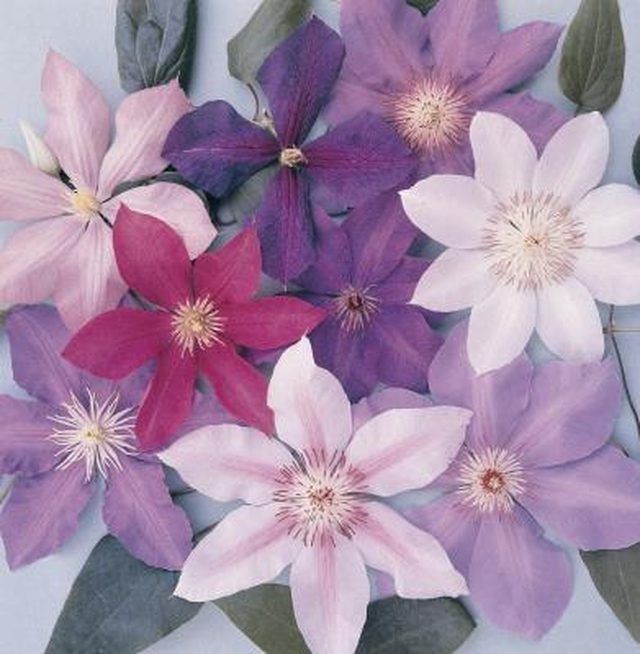Bulbs
Flower Basics
Flower Beds & Specialty Gardens
Flower Garden
Garden Furniture
Garden Gnomes
Garden Seeds
Garden Sheds
Garden Statues
Garden Tools & Supplies
Gardening Basics
Green & Organic
Groundcovers & Vines
Growing Annuals
Growing Basil
Growing Beans
Growing Berries
Growing Blueberries
Growing Cactus
Growing Corn
Growing Cotton
Growing Edibles
Growing Flowers
Growing Garlic
Growing Grapes
Growing Grass
Growing Herbs
Growing Jasmine
Growing Mint
Growing Mushrooms
Orchids
Growing Peanuts
Growing Perennials
Growing Plants
Growing Rosemary
Growing Roses
Growing Strawberries
Growing Sunflowers
Growing Thyme
Growing Tomatoes
Growing Tulips
Growing Vegetables
Herb Basics
Herb Garden
Indoor Growing
Landscaping Basics
Landscaping Patios
Landscaping Plants
Landscaping Shrubs
Landscaping Trees
Landscaping Walks & Pathways
Lawn Basics
Lawn Maintenance
Lawn Mowers
Lawn Ornaments
Lawn Planting
Lawn Tools
Outdoor Growing
Overall Landscape Planning
Pests, Weeds & Problems
Plant Basics
Rock Garden
Rose Garden
Shrubs
Soil
Specialty Gardens
Trees
Vegetable Garden
Yard Maintenance
How to Collect Seeds From Clematis
How to Collect Seeds From Clematis. Clematis, a woody perennial vine, produces spectacular flowers that contain one or more colors and attract hummingbirds and butterflies. Large clematis specimens can grow to a height in excess of 11 feet, while smaller versions of the plant mature at less than 5 feet tall. The seeds of the plant become apparent...

Clematis, a woody perennial vine, produces spectacular flowers that contain one or more colors and attract hummingbirds and butterflies. Large clematis specimens can grow to a height in excess of 11 feet, while smaller versions of the plant mature at less than 5 feet tall. The seeds of the plant become apparent when it stops producing flowers; this occurs in late autumn, around the time of the first frost of the year.
Things You'll Need
Tweezers
Small container
Tight-fitting lid
Postpone harvesting clematis seeds until the seed pods begin to turn brown. This usually takes place a few days after the first frost.
Locate the seed pod, positioned directly in the center of the fading bloom. It will appear to have broken open into thin vertical splits. Look for flossy or shiny hairs that protrude through the pod opening. Each of these shiny hairs has a clematis seed attached to its end.
Inspect the seeds. Use tweezers to pluck a few hairy strands from the pod, and check the color of the attached seeds. Harvest the seeds from the plant when they turn brown in color.
Hold your container under the pod, and lightly grasp the seed pod between your thumb and index finger. Pull the pod head toward you using a slight twisting motion, and let the seeds fall into your container.
Secure the lid to the container. Store the seed container in a cool, dry place.
Tips & Warnings
Collect clematis seeds on days with little wind.
Avoid storing clematis seeds in direct sunlight.